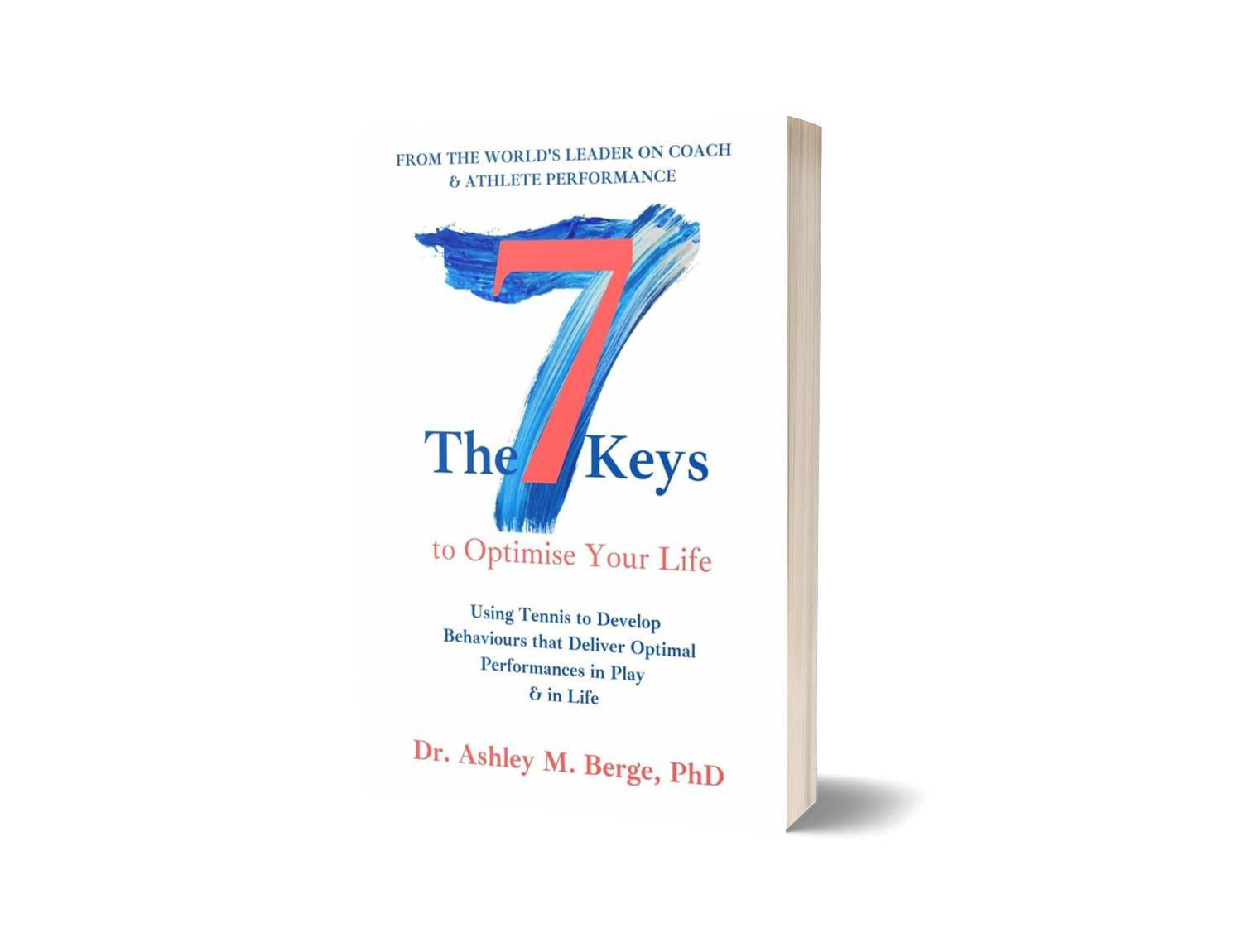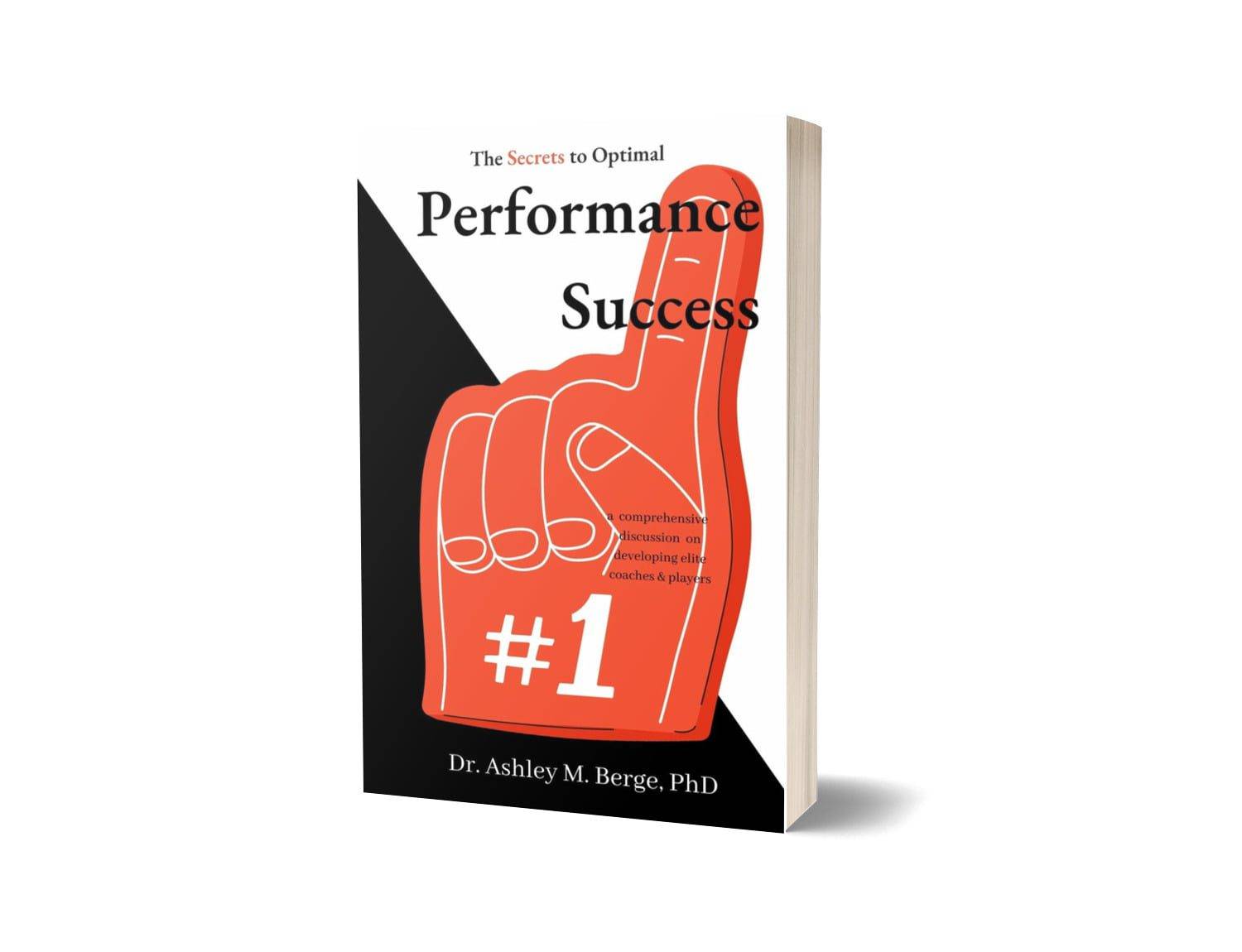
Introduction
In this episode, Dr. Ashley M. Berge discusses the intricacies of recent sports developments, providing insights into various athletes’ performances, game outcomes, and how these impact overall rankings. The episode kicks off with a thorough breakdown of early match results, followed by an analysis of player rankings that shapes the bulk of the mid-episode, before rounding off with commentary on future match expectations and potential shifts in the standings.
Timestamp [0:00 – 5:00]
Dr. Berge starts the episode by setting the scene for an intense week of matches. She outlines the stakes for the athletes competing, particularly highlighting the heightened pressure on those vying for top spots in the rankings. From the outset, it’s clear that the results of this week’s events will play a crucial role in reshaping the season’s overall leaderboard.
Several key athletes are mentioned early on, with Dr. Berge forecasting their potential outcomes based on recent performances. She stresses the importance of consistency in this stage of the season, a theme that she returns to multiple times throughout the episode. The commentary here suggests that despite the existing rankings, surprises may be in store as lesser-known competitors seem poised to upset the established order.
Timestamp [5:01 – 10:00]
The first major match results are shared, with Dr. Berge walking listeners through the play-by-play. She notes standout performances from specific players who defied expectations and emerged victorious in highly competitive matches. These early results already signal potential shifts in the standings.
One of the key matches Dr. Berge highlights involved [Athlete X], whose remarkable defensive play turned the tide of the game, allowing them to secure a decisive victory. This result had significant implications for the rankings, moving [Athlete X] into a more favorable position for the remainder of the season.
Dr. Berge emphasizes the importance of this win not just for the athlete, but for the broader narrative of the season, as it opens up opportunities for others to make similarly impactful performances.
Detailed Match Results and Analysis
Timestamp [10:01 – 20:00]
As the episode progresses, Dr. Berge dives deeper into the specifics of the match results. She goes into detail about individual sets, breaking down critical moments that defined each match. In one particularly gripping game, [Athlete Y] managed to recover from a significant deficit to claim victory in the final moments. Dr. Berge’s commentary highlights the tactical changes that allowed this comeback, and she credits the athlete’s mental fortitude as a key factor in their success.
Here, Dr. Berge also touches on the physical toll the competition is taking on the athletes, pointing out that several of the top contenders are showing signs of fatigue as the season wears on. She speculates on how this might affect upcoming matches, particularly for those with grueling schedules.
The match results are not only significant for their immediate impact on the rankings but also for what they reveal about the players’ evolving strategies. Dr. Berge emphasizes how some athletes have adapted their playstyles mid-season, a necessary evolution to stay competitive in an increasingly challenging field.
Timestamp [20:01 – 35:00]
In this segment, Dr. Berge focuses on the outcomes of another round of matches, some of which have unexpected conclusions. These upsets, she argues, are indicative of the unpredictable nature of this season. She praises [Athlete Z] for their innovative approach in a high-stakes match, noting that their ability to keep their opponents guessing played a critical role in their victory.
In terms of rankings, this set of results causes a significant reshuffling, with several athletes leaping ahead in the standings, while others experience sharp drops. Dr. Berge discusses the psychological impact of these shifts, explaining how rankings can influence not just the public perception of an athlete but also their confidence heading into future matches.
Rankings Breakdown and Analysis
Timestamp [35:01 – 50:00]
Midway through the episode, Dr. Berge transitions into a detailed breakdown of the current rankings. She explains how the results from the week’s matches have impacted the leaderboard, providing an in-depth analysis of what this means for the athletes moving forward.
One of the major talking points here is [Athlete A], who has managed to secure the top spot after a series of consistent performances. Dr. Berge explains the significance of this achievement, particularly in light of the athlete’s struggles earlier in the season. This comeback narrative, she notes, is one of the most compelling aspects of this year’s competition.
Conversely, [Athlete B], who had been dominating the leaderboard, finds themselves slipping to a lower rank after a string of underwhelming performances. Dr. Berge speculates on the reasons behind this sudden decline, citing potential injuries, mental fatigue, or perhaps a shift in strategy that has not paid off as expected.
Timestamp [50:01 – 1:00:00]
As Dr. Berge continues her analysis, she touches on the broader implications of the ranking changes. She explains how athletes in the middle tier of the leaderboard still have opportunities to break into the top ranks, provided they capitalize on upcoming matches. Dr. Berge also highlights the importance of upcoming tournaments, where ranking points will be up for grabs, further intensifying the competition.
One athlete, in particular, [Athlete C], is mentioned as a dark horse candidate for a top finish this season. Dr. Berge outlines how this athlete’s steady rise through the ranks has gone somewhat under the radar but could culminate in a surprising finish. She praises [Athlete C]’s resilience and adaptability, two traits that have proven invaluable in this unpredictable season.
Closing Thoughts and Future Outlook
Timestamp [1:00:01 – 1:15:00]
In the final section of the episode, Dr. Berge reflects on the broader narrative of the season so far. She summarizes the key trends, including the rise of underdog athletes, the shifting rankings, and the physical and mental demands on the competitors.
Looking ahead, Dr. Berge provides predictions for the remaining matches of the season. She expects that the upcoming tournaments will be even more fiercely contested, with athletes pushing themselves to the limit in pursuit of ranking points. Dr. Berge also speculates on potential retirements, injuries, and comebacks, adding an element of anticipation for listeners as they await the next set of results.
As the episode concludes, Dr. Berge reiterates the importance of staying adaptable in this fast-paced and unpredictable sport. She encourages listeners to keep a close eye on the next round of matches, as the outcome could further reshape the leaderboard and set the stage for a thrilling conclusion to the season.
Key Themes
- Unexpected Match Outcomes: Several matches did not follow the expected course, with underdog athletes securing critical victories that reshaped the leaderboard.
- Ranking Shifts: Throughout the episode, Dr. Berge emphasizes the fluidity of the rankings, highlighting how even top-ranked athletes are not immune to significant drops if they underperform.
- Mental and Physical Strain: A recurring theme is the toll that the competition takes on athletes, with several players showing signs of fatigue as the season progresses.
- Underdog Narratives: Dr. Berge highlights the rise of lesser-known athletes, who are making their mark and potentially challenging for top spots in the final stretch of the season.
- Predictions for Future Matches: The episode closes with Dr. Berge’s predictions for the remaining matches, setting the stage for what promises to be an exciting conclusion to the season.
Athlete A: Refers to the athlete who recently claimed the top spot in the rankings after several consistent performances.
Athlete B: Refers to the athlete who was previously dominating the leaderboard but recently dropped in ranking.
Athlete C: Refers to the dark horse contender who has been steadily rising through the ranks.
Athlete X: Refers to the player who displayed remarkable defensive play and secured a decisive victory.
Athlete Y: Refers to the athlete who recovered from a significant deficit to win in a key match.
Athlete Z: Refers to the player who used innovative strategies to win a high-stakes match.
Note: you just read an automated summary of episode #119 — if you found this helpful and/or pieces were not as accurate as you’d like, please let us know and be mindful that intermittently these automated summaries will be shared for those of you who seek a quick snapshot of our episodes.
To learn more about our data, predictive analytics and how to optimise your own performance, head on over to AM8 International. To learn more about AM8 International check out our selection of Books and/or options to join Dr B’s Pack to gain exclusive access to the best in the world. Not quite ready? Head on over to Beyond Top 10 Tennis for free access to 100+ episodes directly from Dr Berge of what it really takes to win multiple Grand Slams to securing that Top 10 tennis ranking with new episodes each week. More? Join Dr Berge’s Newsletter on Substack, come say “hi” on Topicthread, BlueSky, X, YouTube or Instagram that may very well include quick snippets you can apply in your game, today, or even consider leaving a review on Amazon or Google.



















